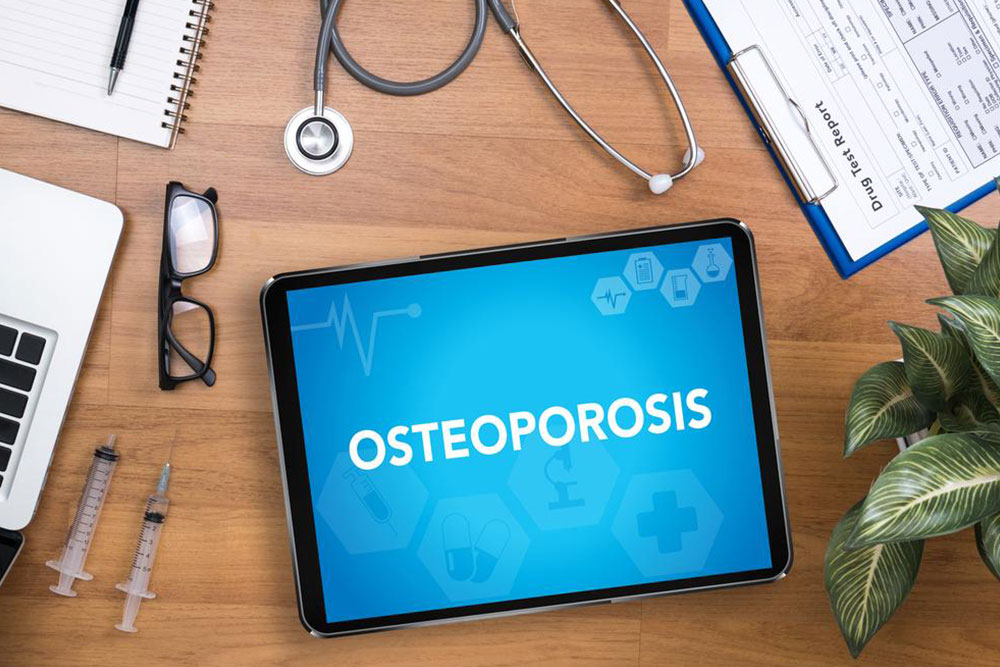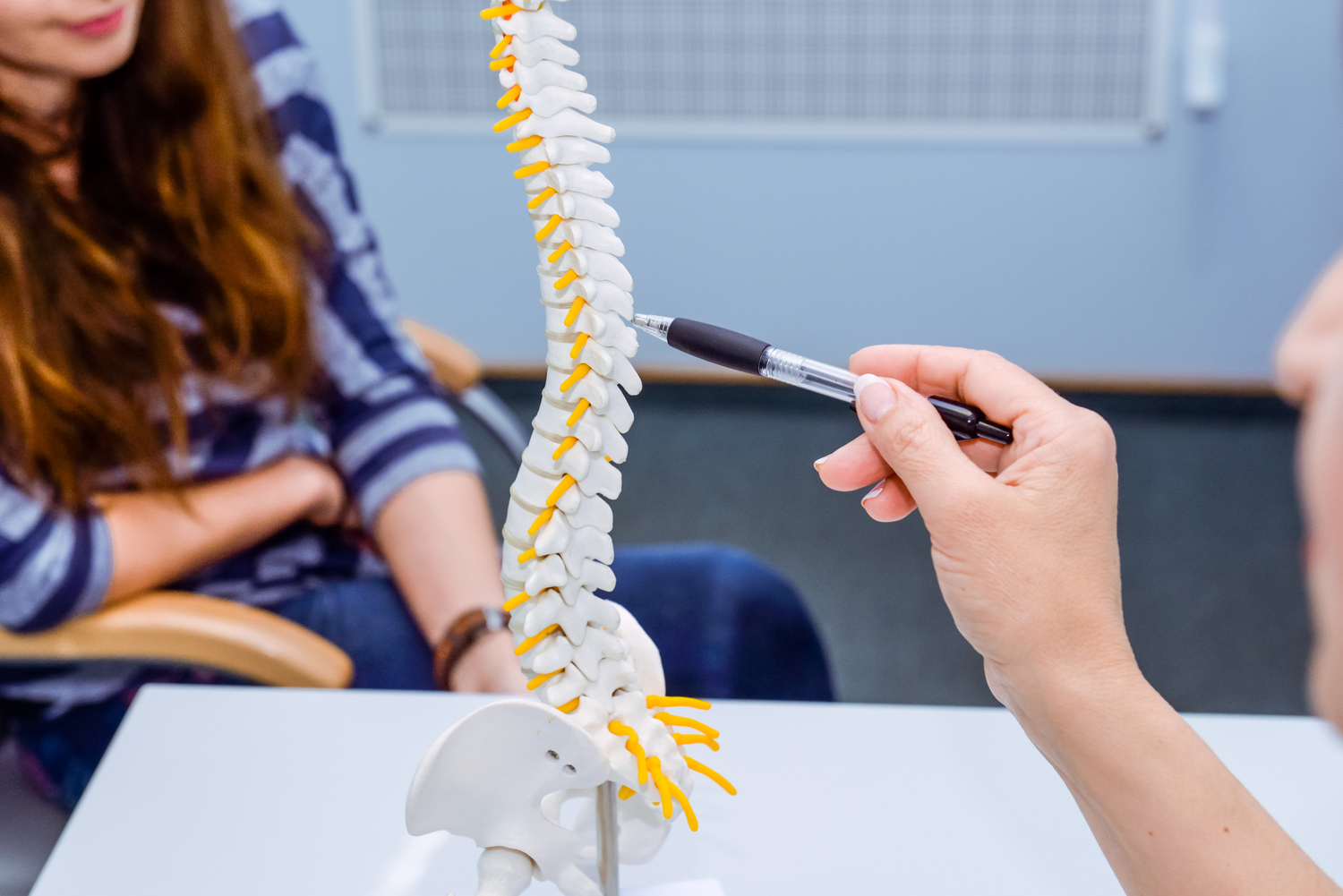Effective Approaches to Osteoporosis Prevention and Management via Nutrition and Physical Activity
Discover comprehensive strategies for managing osteoporosis through targeted nutrition and physical activity. Learn how calcium, vitamin D, and resistance exercises contribute to stronger bones, reduce fracture risk, and promote overall bone health. Implement practical tips to prevent osteoporosis and maintain mobility and vitality in daily life.

Effective Approaches to Osteoporosis Prevention and Management via Nutrition and Physical Activity
Osteoporosis is a progressive skeletal disorder characterized by a marked decrease in bone mass and density, resulting in fragile bones prone to fractures. While pharmacological treatments are often prescribed for osteoporosis, adopting a comprehensive approach that includes proper nutrition and consistent physical activity is essential for effective management and prevention of this condition. In this article, we explore in detail how diet and exercise can significantly impact bone health, helping individuals reduce fracture risk and maintain mobility and quality of life.
Diet plays a pivotal role in bone strength. A balanced intake rich in calcium and vitamin D is fundamental for maintaining optimal bone density. Calcium is the primary mineral responsible for bone formation and strength. Dietary sources rich in calcium include dairy products such as yogurt, cheese, and milk, as well as leafy green vegetables like spinach, kale, and broccoli. Other good sources are seafood items like sardines, salmon, and mackerel, which contain both calcium and vitamin D. Vitamin D, on the other hand, enhances the body's ability to absorb calcium efficiently. It can be synthesized in the skin upon exposure to sunlight, but it is also found in fortified foods, such as certain cereals and dairy products, or taken through supplements. For individuals living in regions with limited sun exposure or those whose skin production of vitamin D is compromised, supplementation becomes particularly important.
Ensuring adequate dietary intake of these nutrients supports the continuous process of bone remodeling and helps prevent the deterioration of bone tissue that characterizes osteoporosis. Besides calcium and vitamin D, other nutrients like magnesium, phosphorus, zinc, and vitamin K are also involved in bone metabolism and should be included in a balanced diet.
Physical activity is a cornerstone in osteoporosis management because it stimulates bone formation and helps maintain bone density. Weight-bearing exercises exert mechanical stress on bones, prompting them to grow stronger and more resilient. Engaging in activities such as brisk walking, jogging, stair climbing, dancing, and tennis can significantly influence bone health positively. These types of exercises promote osteogenesis by applying impact forces that stimulate bone cells, encouraging growth and strength.
Resistance training is also highly effective; exercises that involve lifting weights, using resistance bands, or performing bodyweight movements like squats and lunges help increase bone mass. Regular resistance exercises can enhance muscle strength, which in turn provides better support for bones, preventing falls and fractures.
Moreover, exercise improves balance, coordination, and overall neuromuscular function. These benefits are crucial because they contribute to fall prevention, reducing the risk of fractures among those with osteoporosis. Incorporating physical activity into daily routines, complemented by proper nutrition, creates a holistic approach to bone health management that benefits individuals at all stages of osteoporosis.
In conclusion, managing osteoporosis effectively requires a combination of nutrient-rich diet and regular exercise. Such lifestyle modifications not only help maintain or increase bone density but also improve overall physical health. For optimal results, individuals should consult healthcare providers for personalized recommendations and possibly combine nutritional strategies and physical activity with medical treatments prescribed by their doctors. Preventing osteoporosis and minimizing fracture risk is a multifaceted process that hinges on consistent, informed efforts in diet and physical activity.





